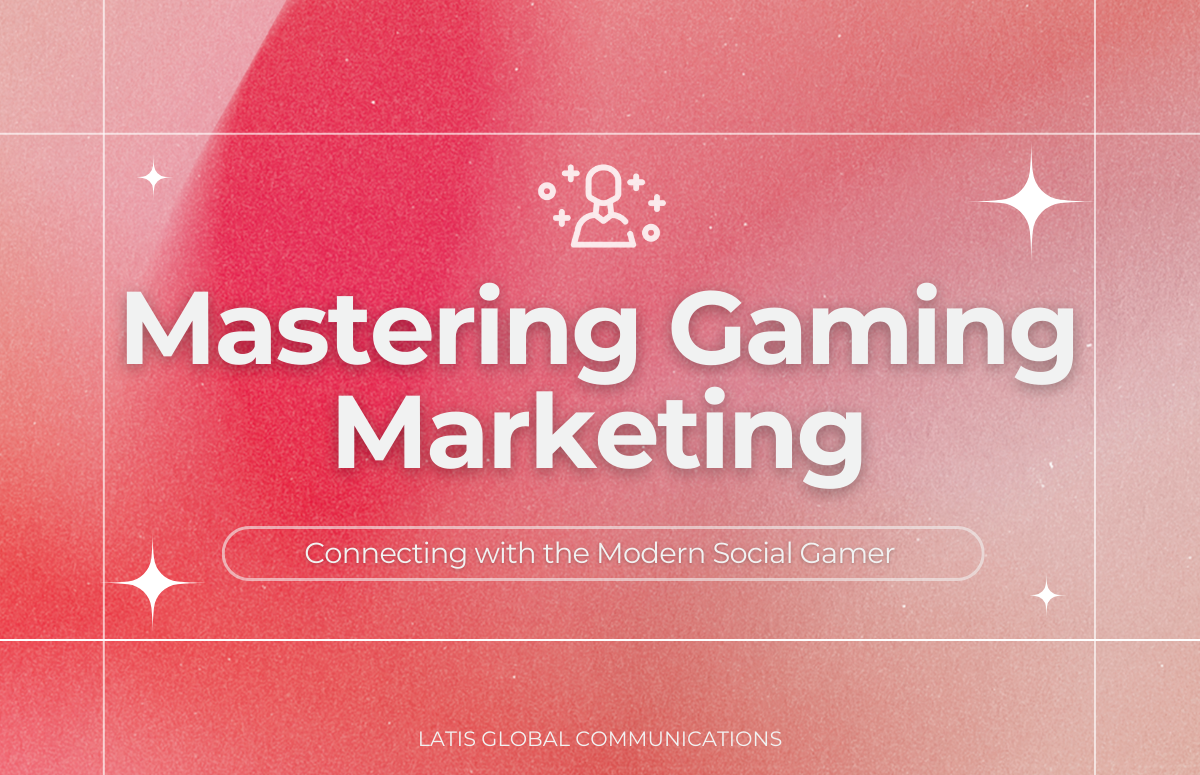
In the past year, gaming has become a hot topic for marketers eager to tap into its large and engaged audience. Yet, many still cling to outdated stereotypes of gamers as young, male, and antisocial—an image often depicted in shows like The Big Bang Theory or South Park. It’s time to move past these misconceptions and embrace a modern view of the gaming world.
Gaming as a Social Network
Gaming has evolved from a solitary activity into a dynamic social space. Today’s multiplayer game’s function much like social media, where people connect and share interests in interactive online environments.
For brands, this shift presents a major opportunity. Success here goes beyond targeting specific devices or games; it requires a deep understanding of gamer motivations and behaviors to create effective marketing strategies.
Understanding the Social Gamer
Gaming now serves as a “third place”—a term used to describe spaces where people gather outside their home and work. Recent data shows that more gamers play to socialize (26%) than to escape reality (22%) or immerse themselves in stories (18%). This indicates that gaming is more about connecting with others than escaping the real world.
Games like Fortnite’s Party Royale, Roblox’s Party Place, and GTA Online’s casino and resort are great examples of this trend. These features focus on casual social interactions rather than competitive gameplay, highlighting gaming’s role as a social hub.
Who Are Social Gamers?
Social gamers are not just casual players. Many have a deep passion for gaming, skewing younger (particularly ages 16-24) and more male. For these players, multiplayer worlds are an integral part of their gaming experience. Unlike older gamers who remember single-player experiences, today’s younger gamers see online worlds as an everyday part of their digital lives.
Balancing Community and Competition
Social gamers exhibit a mix of wanting to belong to a community and stand out as individuals. They favor brands that enhance their image, engage with communities, and offer personalized experiences. They seek to connect with others while also showcasing their unique identities.
For instance, Fortnite allows players to express their individuality through cosmetics and skins. Nike’s in-game sneaker drops are a perfect example of how brands can tap into this desire for both community and personal distinction.
Latis Global Communications
To connect effectively with social gamers, understanding each game’s unique community is essential. Latis Global provides specialized services to help game developers meet these needs. Our localization services adapt your game’s language, cultural references, and regional specifics to resonate with global audiences. Game Quality Assurance ensures high performance and reliability across various platforms and devices through rigorous testing. Our game sounds services create immersive audio experiences that enhance gameplay and player engagement. Additionally, our Language Quality Assurance (LQA) checks the quality and accuracy of translated content, ensuring a smooth and authentic player experience.
With Latis Global’s expertise, game developers can better connect with social gamers and deliver engaging, culturally relevant experiences.
Conclusion
Gaming is a diverse and evolving social space. Brands need to go beyond traditional marketing and delve into the unique cultures of gaming communities. By understanding the dual aspects of community and individuality in social gaming, brands can create campaigns that truly resonate. With the right strategy and support from experts like Latis Global, you can navigate this dynamic landscape and build meaningful connections with today’s social gamers.

